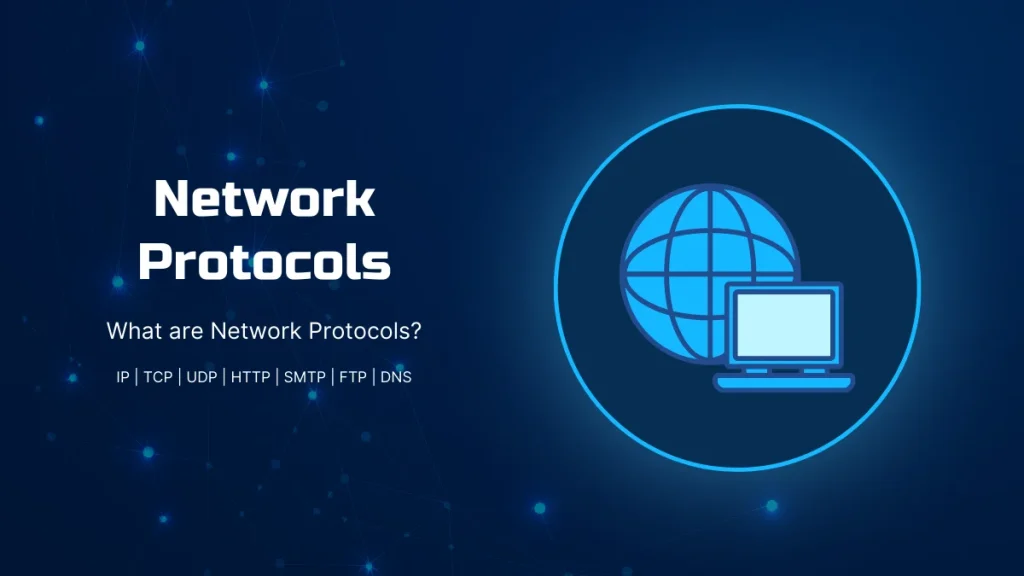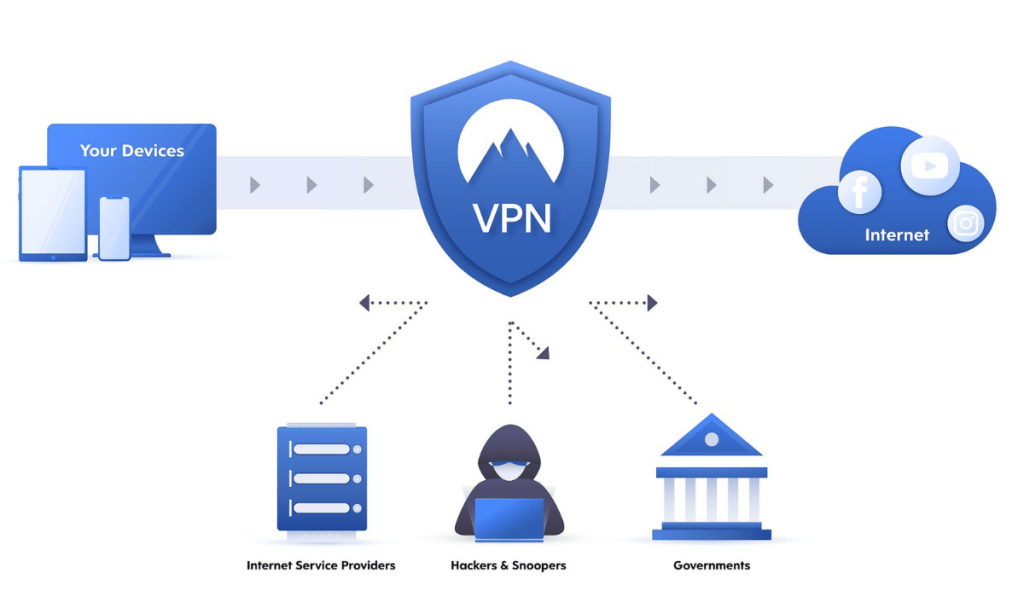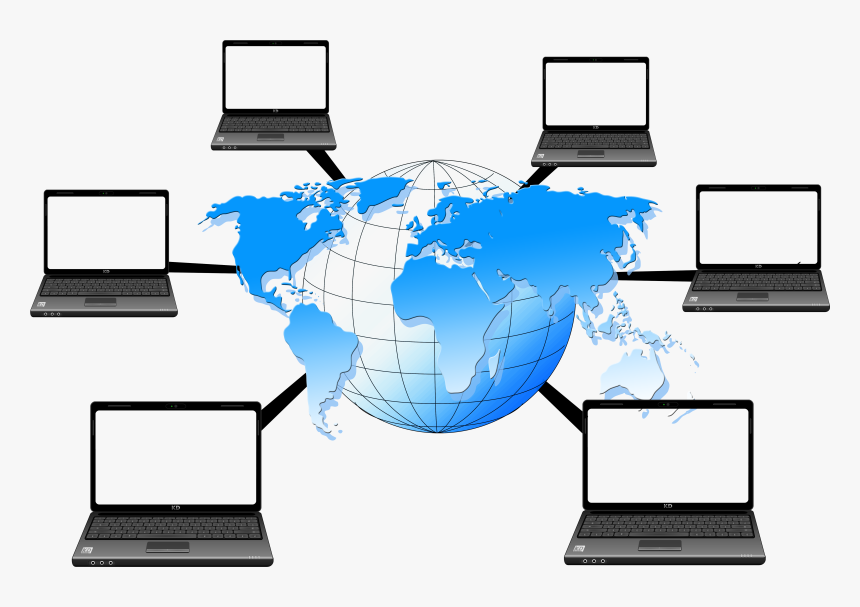IT
We also provide IT service in networking add-on with mechanical engineering solution as we seen in many companies, they are facing with the problems like expanding their network router installation LAN/WAN, hence we have a division of IT- Service where our team of well experienced network engineers resolved the client issue.
IT
We also provide IT service in networking add-on with mechanical engineering solution as we seen in many companies, they are facing with the problems like expanding their network router installation LAN/WAN, hence we have a division of IT- Service where our team of well experienced network engineers resolved the client issue. IT networking is the backbone of modern computing, enabling communication and resource sharing across devices and systems. IT networking is a constantly evolving field, with new technologies and protocols emerging regularly.

CADELL Technologies offer a wide range of services to IT industry:
We also provide IT service in networking add-on with mechanical engineering solution as we seen in many companies, they are facing with the problems like expanding their network router installation LAN/WAN, hence we have a division of IT- Service where our team of well experienced network engineers resolved the client issue.





